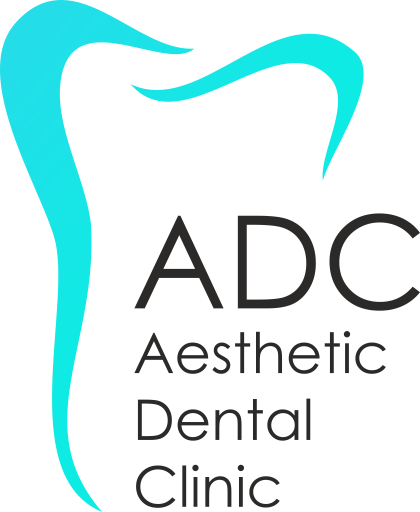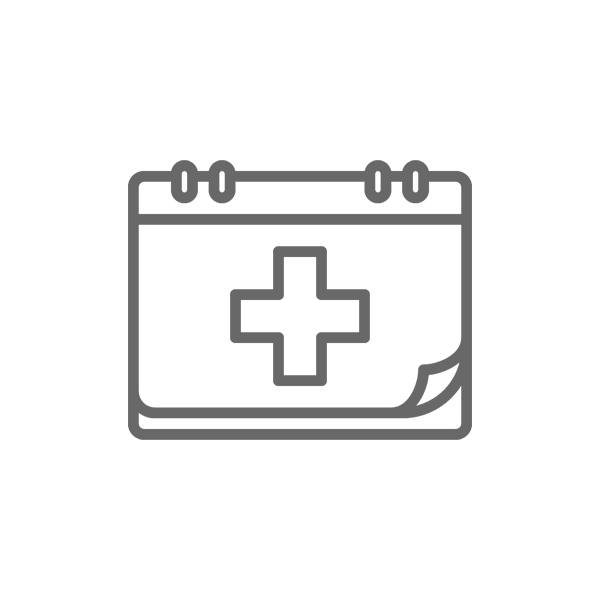What is a Dental Tomography Scan?
Computed tomography of teeth (CBCT) is a special type of X-ray equipment used when a 2-dimensional (2-D) dental x-rays are not enough (Such as Dental Panoramic X-ray)
Your dentist can use this technology to produce three-dimensional (3-D) images of your teeth, soft tissues, nerves, and bones in a single X-ray.
With cone-beam CT, a cone-shaped X-ray beam is moved around the patient to produce a large number of images, also called slices. CT scans and cone-beam computed tomography produce high-quality images.
Cone-beam computed tomography provides detailed images of bone and is performed to evaluate diseases of the jaw, dentition, bony structures of the face, nasal cavity, and sinuses. It does not provide the full diagnostic information available with conventional CT, particularly in evaluating soft tissue structures such as muscles, lymph nodes, glands, and nerves. However, cone beam CT has the advantage of lower radiation exposure compared to conventional CT.
How is a Dental Tomography scan performed?
You will be asked to stand straight and still in the center of the unit where the dentist will carefully position and secure your head.
Your dentist or oral surgeon will position you so that the area of interest is centered. You will be asked to remain very still while the X-ray source and detector rotate around you for a 360-degree rotation or less.
This can typically take 20 to 40 seconds to capture an entire jaw, in which the entire upper or lower jaw and dental structures are imaged, and less than 30 seconds for a peripheral scan that focuses on a specific area of the maxilla or lower jaw.
What will I experience during and after the Dental Tomography scan?
You will not feel pain during a dental CT scan and will be able to return to your normal activities once the scan is complete.
Preparation for a Dental Tomography scan
CT scan does not require special preparation.
Before the exam, you may be asked to remove anything that might interfere with imaging, including metal objects such as jewelry, glasses, hairpins, and hearing aids.
Although removable dentures may need to be removed, it’s a good idea to bring them to your exam, as your dentist or oral surgeon may need to examine them as well.
Women should always tell their dentist or oral surgeon if there is a possibility that they may be pregnant.
What are the benefits versus the risks?
Benefits
- Focused X-ray beam reduces scatter radiation, resulting in better image quality.
- A single scan produces a wide variety of images and angles that can be configured and provide a more complete assessment.
- Dental CT scans provide more information than conventional dental x-rays, allowing for more accurate treatment planning.
- Computed tomography is painless, non-invasive and accurate.
- A major advantage of CT is its ability to image bone and soft tissue simultaneously.
- No radiation remains in the patient’s body after a CT scan.
- X-rays used for CT should not have immediate side effects.
Risks
- Because children are more sensitive to radiation, they should only have a CT scan if it is necessary for diagnosis. CT scans in children should always be performed with a low-dose technique.
- They should not repeat CT scans unless necessary.
What are the most common uses of dental X-rays?
Dental cone beam CT is commonly used for treatment planning.
It is also useful for more complex cases involving:
- surgical planning for impacted teeth.
- diagnosis of temporomandibular joint disorder (TMJ).
- accurate placement of dental implants.
- evaluation of the jaw, sinuses, neural canals and nasal cavity.
- detection, measurement and treatment of tumors of the jaw.
- determination of bone structure and tooth orientation.
- identifying the origin of pain or pathology.
- cephalometric analysis.
- reconstructive surgery.




